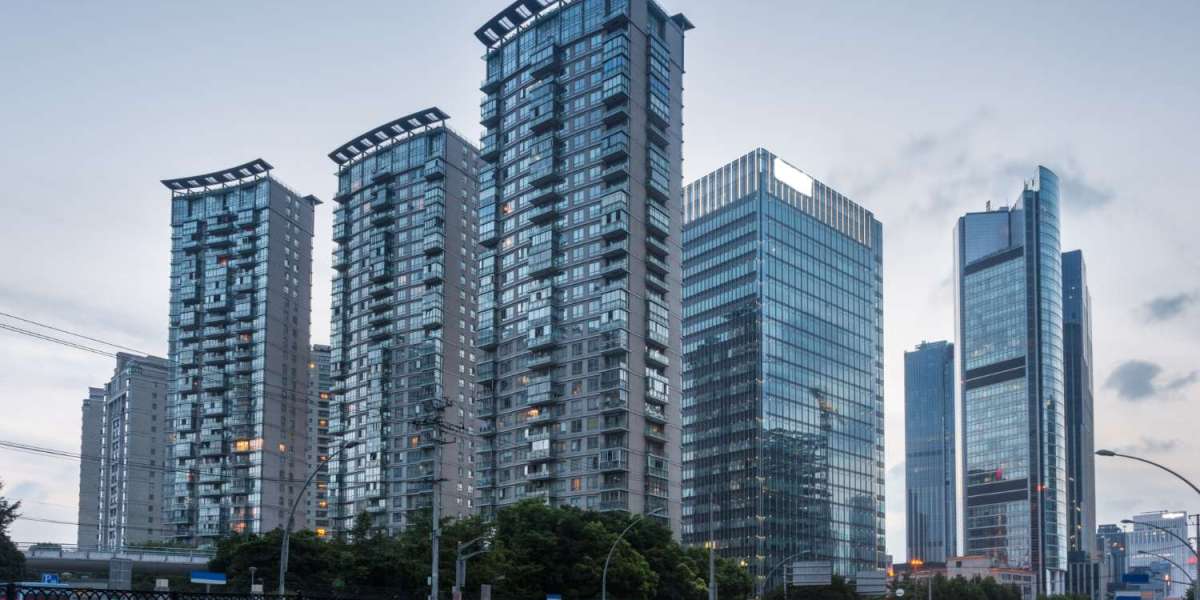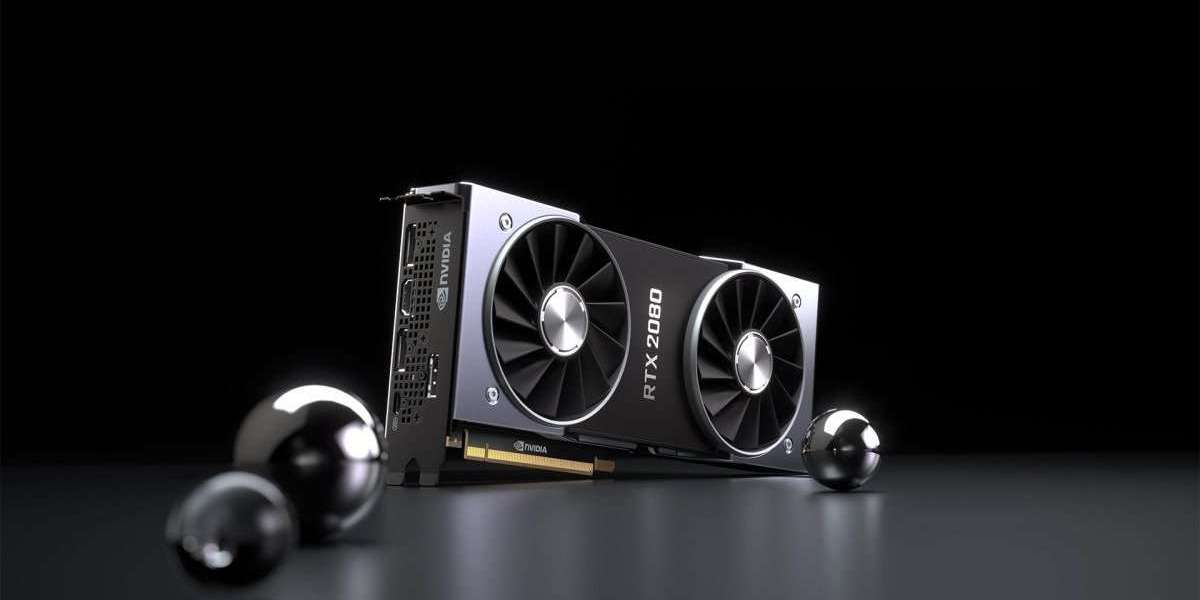New Zealand's diverse and often unpredictable weather conditions pose significant challenges for outdoor security equipment. From the subtropical humidity of Northland to the harsh alpine conditions of the South Island, security cameras must withstand extreme temperature variations, heavy rainfall, coastal salt spray, and intense UV radiation. Understanding weatherproofing standards, material considerations, and installation best practices ensures your surveillance investment provides reliable protection year-round, regardless of what Mother Nature delivers.
Understanding New Zealand's Climate Challenges
New Zealand's maritime climate creates unique environmental stresses that can quickly compromise inadequately protected security equipment. Rapid temperature changes between day and night can cause condensation inside camera housings, while sustained periods of high humidity accelerate corrosion and electronic component degradation.
Coastal properties face additional challenges from salt-laden air that can corrode metal components and degrade seals over time. The combination of salt exposure and moisture creates particularly aggressive conditions that demand specialized materials and protective coatings for long-term reliability.
Wind-driven rain represents another significant challenge, as traditional weatherproofing may prove inadequate when water is forced into openings under pressure. Properties exposed to prevailing weather patterns require cameras designed to handle sustained wind and driving rain without compromising internal protection.
IP Rating Standards and What They Mean
International Protection (IP) ratings provide standardized measures of equipment protection against environmental factors. Understanding these ratings helps ensure you select cameras appropriate for your specific installation environment and exposure conditions.
IP65 ratings indicate complete dust protection and resistance to water jets from any direction, making them suitable for most residential installations with reasonable weather protection. However, more exposed locations or harsh commercial environments often require higher protection levels.
IP66 and IP67 ratings provide enhanced water resistance, with IP67 indicating temporary submersion capability that proves valuable in areas prone to flooding or extreme weather events. The highest IP68 rating allows continuous submersion, though this level typically exceeds requirements for standard security applications.
Material Considerations for Longevity
Camera housing materials significantly impact long-term durability and maintenance requirements. Aluminum housings provide excellent corrosion resistance while maintaining structural integrity under mechanical stress, making them ideal for exposed installations.
Stainless steel components offer superior corrosion resistance in marine environments but typically increase costs. Properties within several kilometers of coastlines benefit significantly from stainless steel hardware and mounting components that resist salt spray degradation.
Protective coatings and gasket materials require careful selection for New Zealand conditions. Silicone seals maintain flexibility across wide temperature ranges while resisting UV degradation, ensuring long-term weatherproofing effectiveness.
Installation Best Practices
Proper installation techniques prove as important as equipment selection for achieving reliable weatherproof performance. Camera positioning should minimize direct exposure to driving rain while maintaining required surveillance coverage and deterrent visibility.
Mounting angles that allow water runoff without pooling around connection points reduce long-term moisture infiltration risks. Slight downward angles help prevent water accumulation while maintaining optimal viewing perspectives for security purposes.
Cable management becomes critical for weatherproof installations, with proper sealing of entry points and protection of connections preventing moisture infiltration that can compromise entire systems. Professional security camera systems incorporate comprehensive weatherproofing strategies that address all potential failure points.
Wireless Advantages in Harsh Conditions
Traditional wired installations often create weatherproofing vulnerabilities at cable entry points and junction boxes. Modern wireless CCTV camera NZ solutions eliminate many potential failure points while simplifying installation in challenging environments.
Wireless technology particularly benefits installations in locations where running cables through weather-exposed areas would create additional vulnerabilities. Remote locations, temporary installations, and heritage buildings where cable routing proves difficult all benefit from wireless approaches.
Battery-powered wireless cameras eliminate the need for external power connections that can compromise weatherproof integrity. Solar charging capabilities enable autonomous operation in remote locations while maintaining complete weather protection.
Temperature Management and Condensation Control
New Zealand's temperature variations can create condensation issues inside camera housings, potentially fogging lenses or damaging electronic components. Quality cameras incorporate desiccant materials or active heating elements that manage internal humidity levels.
Thermal management becomes particularly important in installations exposed to direct sunlight, where internal temperatures can exceed safe operating ranges for sensitive electronics. Proper ventilation design and heat dissipation ensure consistent performance across seasonal temperature variations.
Cold weather performance requires consideration in alpine and southern regions where temperatures can drop significantly below freezing. Cameras designed for extreme conditions incorporate heaters and cold-resistant materials that maintain functionality in harsh winter conditions.
Maintenance and Inspection Protocols
Regular maintenance schedules help identify potential weatherproofing issues before they compromise system reliability. Visual inspections should focus on seal integrity, mounting hardware condition, and any signs of moisture infiltration or corrosion.
Cleaning protocols must balance maintenance needs with weatherproof integrity, using appropriate techniques and materials that don't compromise protective seals or coatings. Professional maintenance services understand these requirements and can perform necessary upkeep without risking system integrity.
Seasonal preparation helps ensure systems remain protected during extreme weather periods. Pre-winter inspections and post-storm assessments help identify and address any weather-related damage before minor issues become major failures.
Long-term Value and Reliability
Investing in properly weatherproofed security equipment provides significant long-term value through reduced maintenance costs, extended equipment life, and consistent performance reliability. Quality weatherproof cameras often operate for many years without requiring replacement or major repairs.
The peace of mind provided by reliable, weather-resistant security systems proves invaluable during extreme weather events when properties may be most vulnerable. Systems that continue operating during storms and adverse conditions provide crucial documentation and monitoring capabilities when they're needed most.
Conclusion
New Zealand's challenging climate demands security cameras specifically designed and installed to withstand harsh environmental conditions. By understanding weatherproofing standards, selecting appropriate materials, and implementing professional installation practices, property owners can ensure their surveillance systems provide reliable protection regardless of weather conditions. Quality weatherproof cameras represent essential infrastructure that maintains security effectiveness through all seasons, delivering consistent performance and long-term value in one of the world's most demanding climates.








